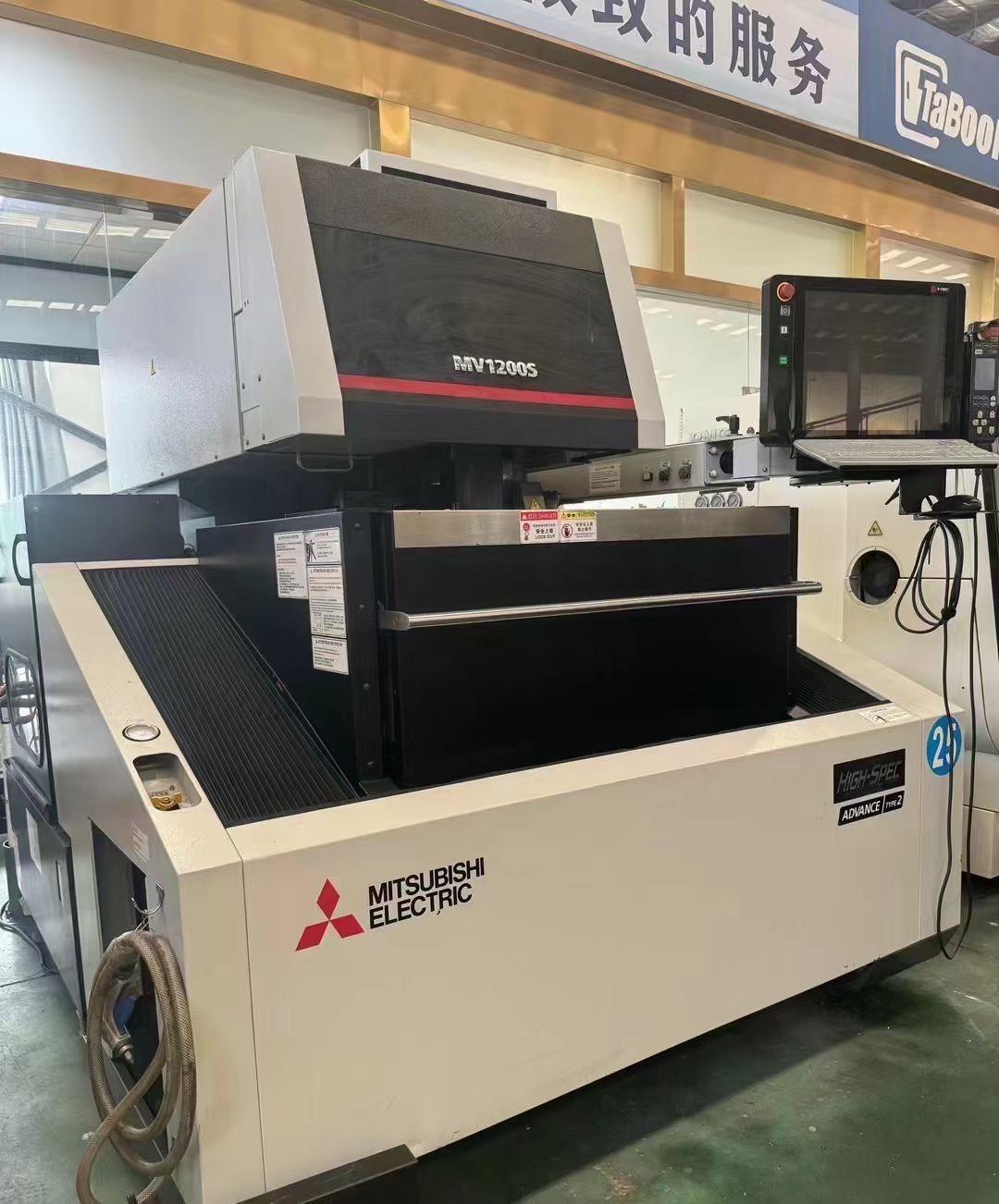How to evaluate the performance and quality of a used WEDM?
Evaluation of the performance and quality of used WEDM needs to be a comprehensive consideration from a number of aspects, the following are some specific methods:
First, processing accuracy
Direct measurement method: use professional gauges to measure the accuracy of the workpiece after processing of the slow-feeding wire equipment. For example, use calipers to measure the dimensional accuracy of the processed parts, including length, width, height and other dimensions, to see whether it is in line with the nominal machining accuracy range of the equipment. For shape accuracy, you can use a micrometer to measure cylindricity, flatness and other indicators. For example, machining a cylinder with a diameter of 10mm, its cylindricity deviation should be within the accuracy range specified by the equipment, such as ±0.005mm.
Specimen processing assessment: through the processing of standard specimens to assess the accuracy of the equipment. For example, process a specimen with different shape features (e.g. square, round, skew, etc.) and observe its dimensional accuracy, shape accuracy and surface roughness. For high-precision slow-feeding equipment, the dimensional accuracy of the processed specimen can reach ±0.001mm, and the surface roughness Ra can reach below 0.8μm.
Second, cutting speed
Actual test: under the same processing conditions (such as using the same electrode wire, the same processing parameters, the same workpiece material, etc.), compare the cutting speed of the equipment. You can choose a standard size and thickness of the workpiece, such as a thickness of 50mm, side length of 200mm mold steel, record the time required for the equipment to cut the workpiece. A faster cutting machine will be able to complete the task in a shorter time, which is essential for improving productivity.
Comparison of technical parameters: Check the machine's technical parameters manual for the range of nominal cutting speeds. However, it should be noted that the actual cutting speed may be affected by a variety of factors such as equipment aging, wear and processing conditions, so the technical parameters are only for reference.
Electrode wire operation system
Automatic threading function test: automatic threading operation is carried out several times to check the success rate and time required for threading. For the good performance of the slow-feeding equipment, the success rate of automatic threading should be more than 95%, and the threading time is shorter, generally about 10 - 30 seconds. Observe whether the threading process is smooth, there is no jamming, broken wire and other conditions.
Electrode wire tension control check: check whether the electrode wire tension control system works normally. Stable tension is very important to ensure processing accuracy and surface quality. You can use the tension display device or tensiometer to check whether the tension of the electrode wire is within the specified range, and whether the tension can be kept stable during the processing.
Fourth, the mechanical structure
Appearance inspection: check the overall appearance of the equipment, check whether the body has obvious traces of collision, deformation, paint and other conditions. These surface damages may imply that the internal structure of the equipment also has problems, or has been subjected to improper use or transportation.
Guide rail and screw inspection: Check the wear and tear of the machine's guide rails and screws. Minor wear may affect machining accuracy, while severe wear may cause the machine to move unevenly, lose accuracy or even fail to work properly. You can move the table manually to feel the smoothness of the movement, or use a tool such as a plug ruler to measure the gap between the guide rail and the silk rod.
V. Control System
Functional integrity test: check whether the functions of the CNC system are normal, such as program input and output, coordinate display, processing parameter settings, automatic compensation and other functions. Try to input different types of machining programs and observe whether the equipment can perform the operation correctly and can automatically compensate according to the set parameters during the machining process to ensure machining accuracy.
System stability assessment: During the operation of the equipment, observe whether the CNC system will crash, report errors, program interruptions and other abnormalities. Stable control system is one of the key factors to ensure the stable operation of the equipment for a long time.
Sixth, the working fluid system
Cleanliness check: to see whether the working fluid tank internal clean, no impurities, sediments and oil. The cleanliness of the working fluid will directly affect the processing results and equipment life. If the working fluid tank is dirty, it may lead to contamination of the working fluid, which in turn affects the discharge performance of the electrode wire and machining accuracy.
Working fluid circulation and filtration check: Check the working condition of the working fluid pump, including whether the pump pressure and flow rate are normal, and whether the filter is clogged. Problems with the working fluid pump and filter will affect the circulation and filtration effect of the working fluid, resulting in poor chip removal and high temperature in the processing area, thus affecting the processing quality.
VII. Electrical system
Electrical components check: open the electrical control cabinet of the equipment, check the appearance of the electrical components whether there are signs of burning, discoloration, corrosion, etc., which may indicate that the components are faulty or aging problems. At the same time, check whether the connection of the wire is firm, there is no damage, aging and so on.
Insulation testing: Use an insulation resistance tester to check the electrical insulation of the equipment to ensure that there is no risk of leakage. Good insulation is one of the important conditions to ensure the safe operation of the equipment.



